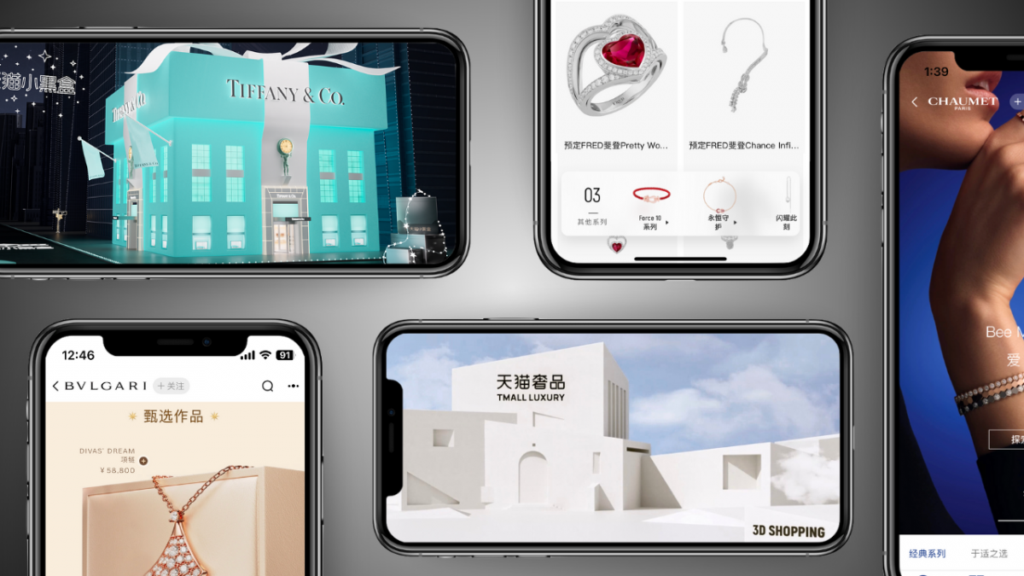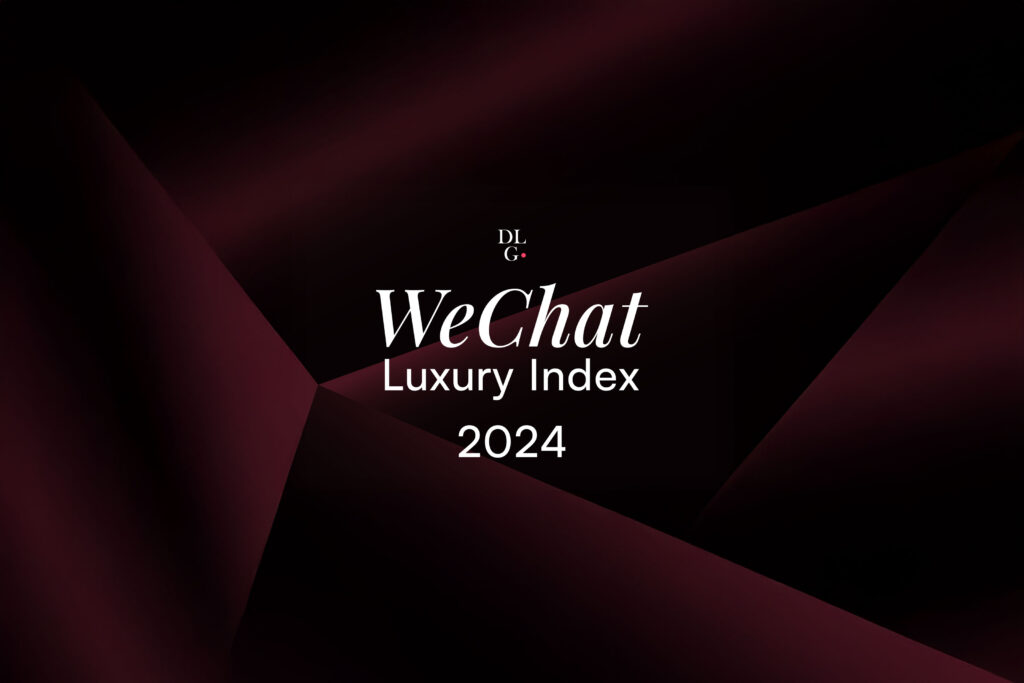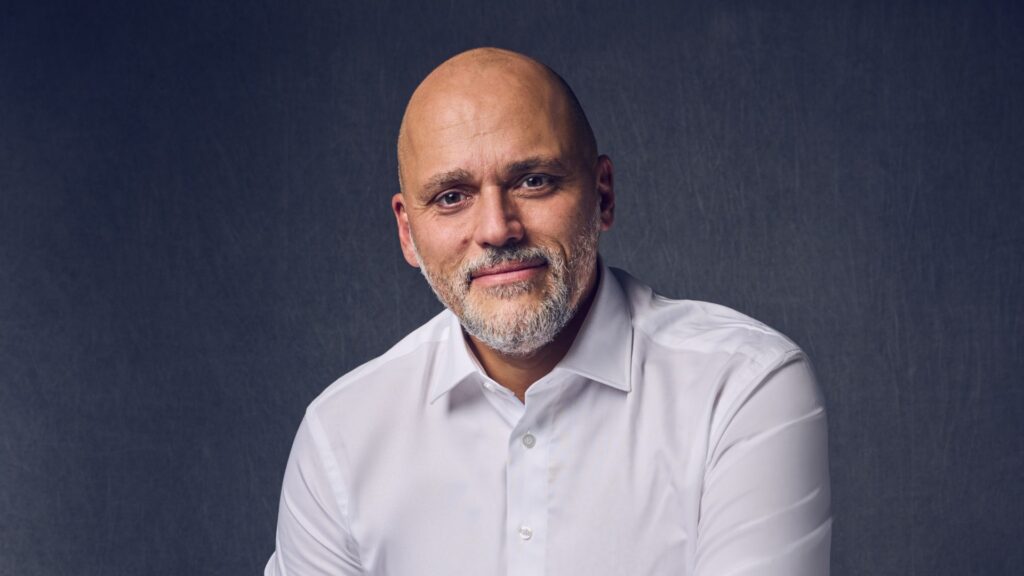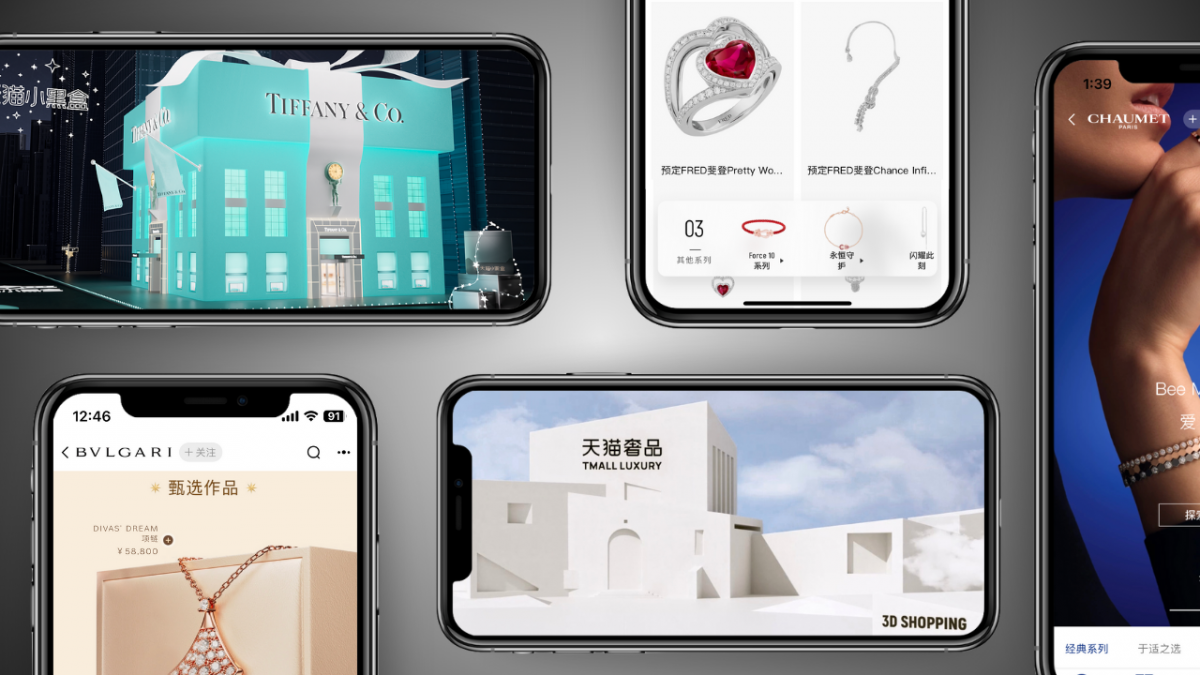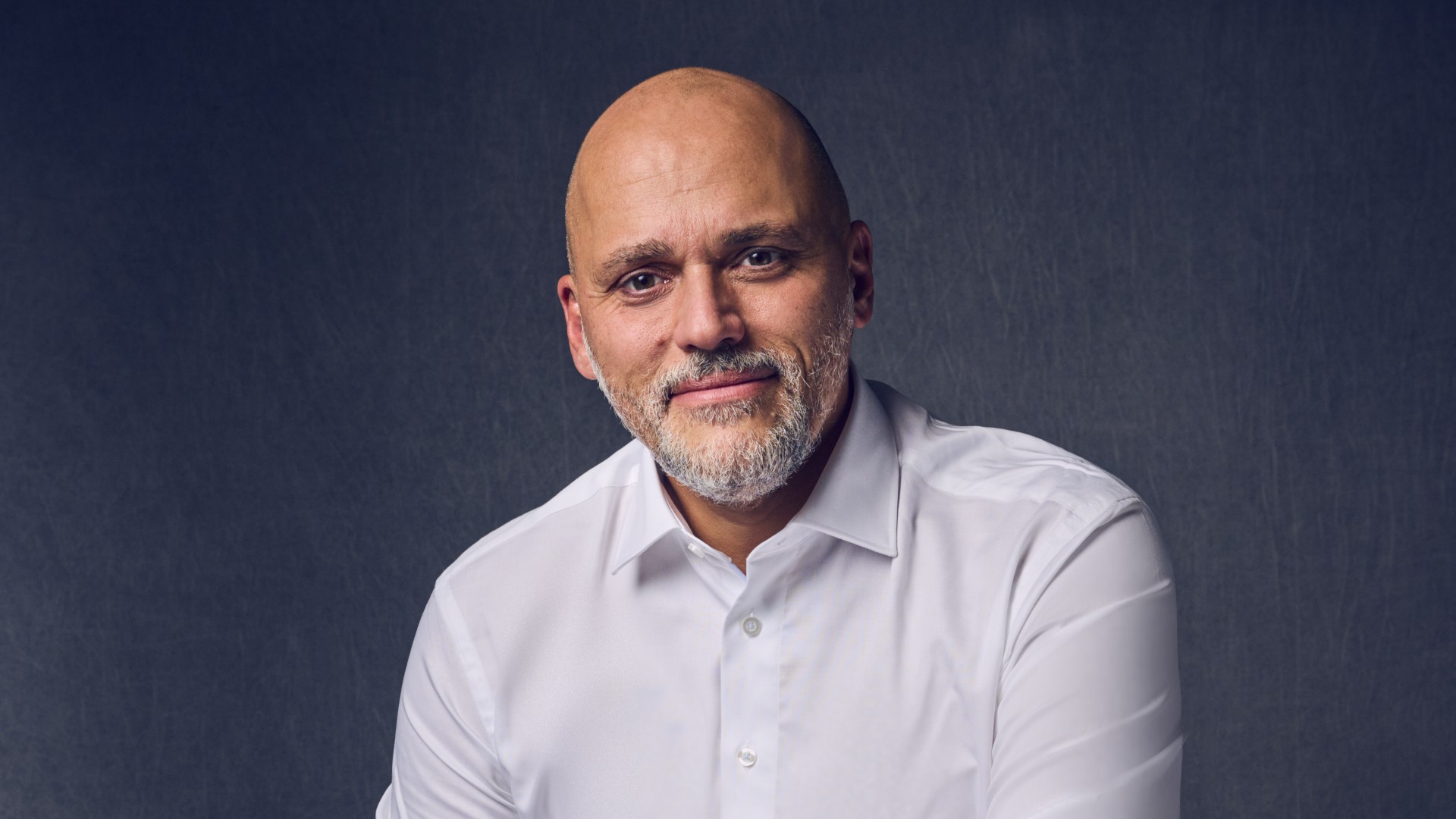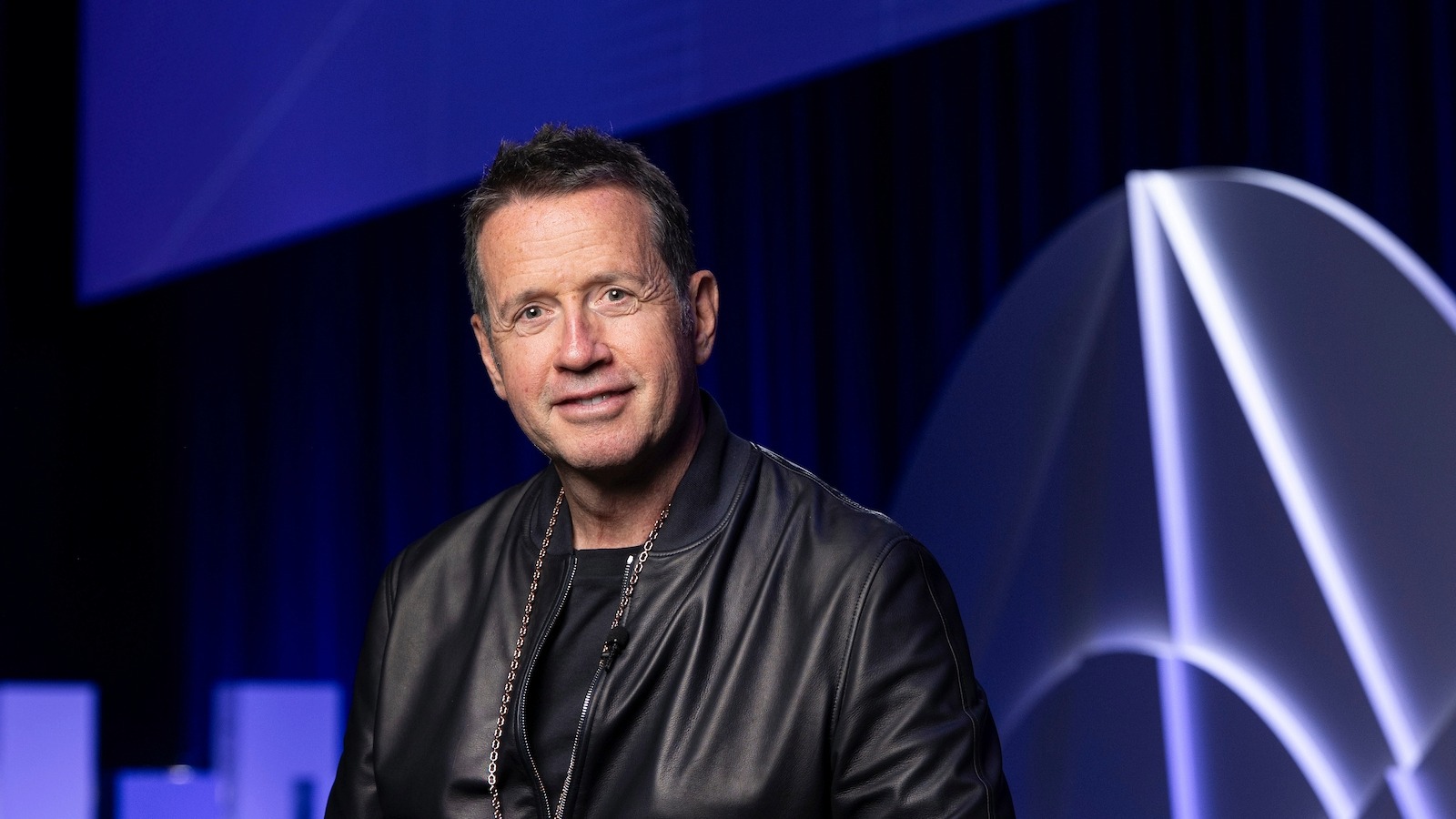In an exclusive interview for The Luxury Society Podcast’s inaugural episode, TAG Heuer CEO Antoine Pin reveals how the brand’s historic return to Formula 1 aims to conquer new markets, seduce younger consumers, and win the ultimate battle: The one for our wrists.
As TAG Heuer reclaims its position as the Official Timekeeper of Formula 1 in 2025, the Swiss watchmaker isn’t merely turning back time – it’s racing toward the future of luxury.
This estimated billion-dollar reunion arrives at a pivotal moment: Formula 1’s 75th anniversary coincides with an existential battle for relevance as traditional watchmakers face off against the smart technology revolution. For TAG Heuer’s CEO Antoine Pin, the stakes couldn’t be higher.
“I think it [was] a very bold decision made by Frédéric Arnault and Stefan Bianchi some years ago to get back on the field and as the timekeeper of Formula 1,” Pin reveals in an exclusive interview for the inaugural episode of The Luxury Society Podcast. “It’s a big bet, but a meaningful bet.”
Presented by DLG (Digital Luxury Group), this new podcast series brings exclusive insider conversations on the transformation of the luxury industry as it expands its influence across sports, entertainment, and culture. Blending data-driven insights, expert analysis, and engaging storytelling, it connects executives, visionaries, and emerging trends in a dynamic mix of fact, expertise, and entertainment. In this episode, co-hosts luxury journalist Robin Swithinbank and DLG Founder and CEO David Sadigh explore with Pin a partnership that transcends mere sponsorship, revealing a bold vision for luxury watchmaking’s future.
TAG Heuer’s Partnership with Formula 1
TAG Heuer’s return to Formula 1 isn’t just rekindling history – it’s a calculated strategic move in the luxury watch space. The partnership, part of a broader 10-year LVMH agreement, represents a significant commitment that positions the brand in a rapidly evolving luxury market.
“Formula 1 today is one of the top three sports in terms of viewership on a yearly basis – putting aside soccer, the World Cup and the Olympic Games – and therefore, it’s a huge communication platform that raises the status and the prestige of the house,” says Pin.

The timing is impeccable. Formula 1 has experienced unprecedented global growth, particularly in markets like the United States where audience figures have surged by over 40% since 2019, according to Formula 1’s own reporting. The sport now commands a global audience of over 1.5 billion viewers annually – a reach that few global platforms can match. In terms of social awareness, “You can [tap into] close to 434 million community followers if we are looking at driver followers, and also Formula 1 itself,” adds Marie Le Scao, DLG’s Head of Social Media, who was also featured on the episode.
Early returns on this investment are already revealing promising results. “We’ve seen people who were not exposed to TAG Heuer discovering the brand, discovering our history,” Pin explains. “The quality of the contacts we’ve made, with more than 10,000 contacts over a week of people leaving their data [with us] because they were really showing an interest for the brand is extremely positive to us.”
This headline-making partnership extends far beyond mere brand visibility. It represents a powerful media platform and content opportunity that leverages TAG Heuer’s rich historical connection with Formula 1. Since the 1970s, TAG Heuer has been intimately associated with the sport, most notably through legendary partnerships with Ferrari during the Niki Lauda era and later with McLaren during the iconic Senna-Prost years.
Beyond metrics and statistics, the partnership aims to reach entirely new audiences by tapping into the emotional connection that Formula 1 creates. Increased store traffic and enthusiastic client reactions provide tangible evidence that the renewed partnership is successfully amplifying brand exposure and generating genuine interest.
“I won’t be able to answer before at least the next eight or nine years… whether it was worth it,” says Pin. “But from a pure qualitative perspective, I believe it [is already] a great investment.”
Investing in the Next Generation of Luxury Consumers
The luxury watch industry is experiencing a profound demographic transformation. The average age of luxury watch buyers continues to decrease, with millennials and Gen Z now accounting for nearly 60% of luxury purchases globally. TAG Heuer’s partnership with Formula 1 strategically positions the brand to capitalize on this seismic shift.
Pin points to Netflix’s “Drive to Survive” series as a revolutionary force in reshaping Formula 1’s perception: “[With this], we’ve moved out of a petrol head game and we’ve come into a dramatic scenario involving extraordinary characters and exposing very amplified feelings and emotions because the race [involves] an extreme level of tension, concentration, and danger. All those emotions are going beyond normal. And probably that’s what has turned the sport into a real universal platform.”
This compelling storytelling approach has dramatically expanded the sport’s appeal, drawing in younger demographics and women. According to Formula 1’s audience data, female viewership now stands at an impressive 41% – a remarkable transformation for a sport traditionally dominated by male audiences.
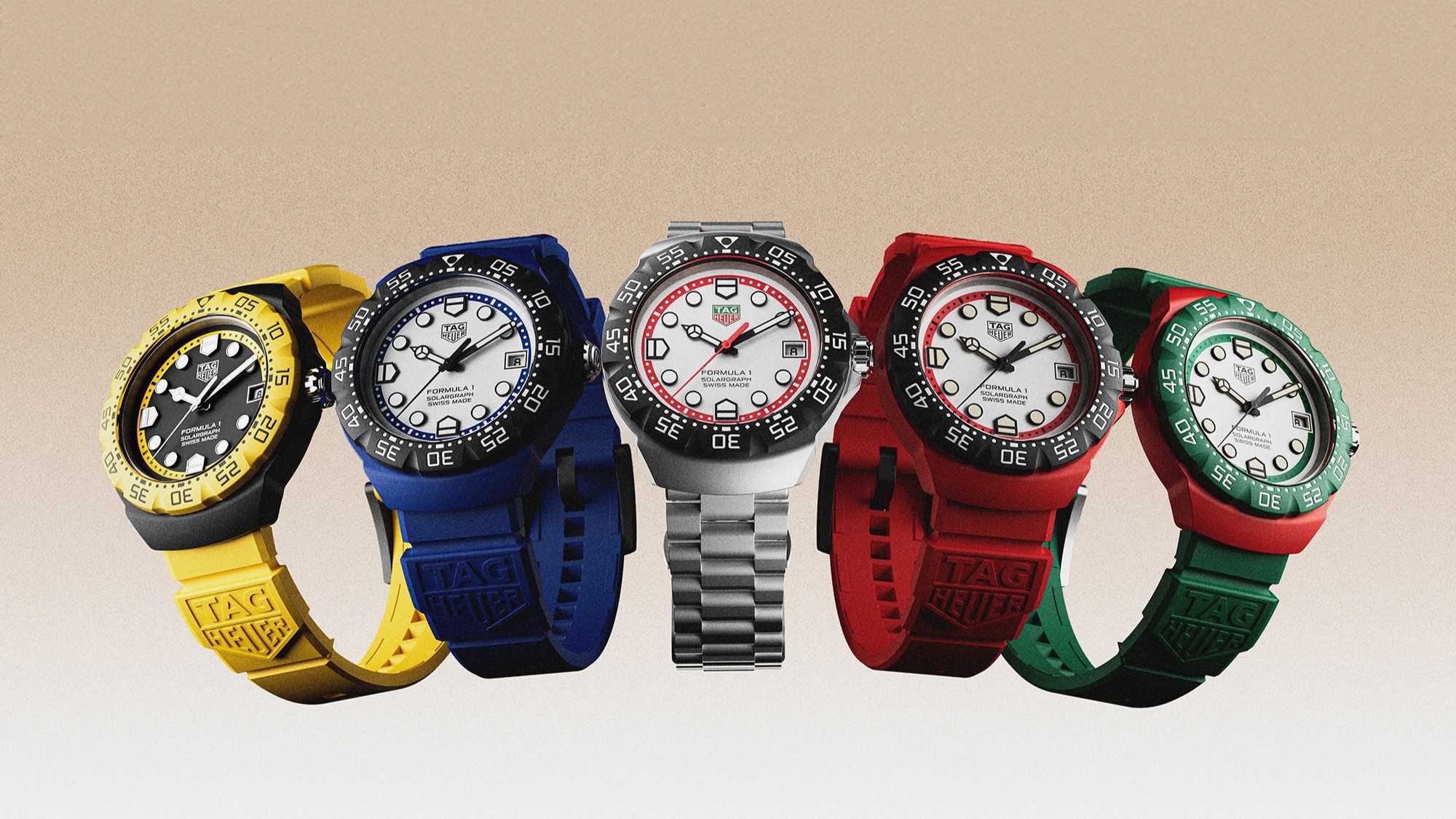
To capitalize on this evolution, TAG Heuer is launching a new TAG Heuer Formula 1 collection with models priced around USD $1,800 – creating an accessible entry point for first-time luxury watch buyers who might be simultaneously discovering both Formula 1 and TAG Heuer. The new Formula 1 collection showcases innovations like TAG Heuer’s solar-powered Solargraph technology, which resonates with sustainability-conscious consumers while maintaining the brand’s distinctive aesthetic and technical excellence.
The philosophy driving this approach runs deeper than mere demographics. “The strong conviction that we share as TAG Heuer is the fact that we believe in the capacity of people to surpass themselves,” explains Pin. “We believe in inner strengths. This capacity that is not rational necessarily to make you achieve goals that were not even within reach, but still, you have this inside you. This is not a matter of age. This is not a matter of color. This is not a matter of gender. This is a description of the beauty of what human beings are about.”
This powerful focus on human potential and emotional connection resonates profoundly with younger consumers who prioritize authentic experiences and meaningful connections over mere possessions. The integration of modern innovations like solar-powered quartz calibers aligns perfectly with sustainability values that research shows are increasingly vital to millennial and Gen Z consumers.
The Ongoing Battle of the Wrists
The most existential challenge confronting luxury watchmakers today isn’t competition from rival brands – it’s the relentless advance of the smartwatch revolution. Apple alone now sells more watches by value than the entire Swiss watch industry combined, a sobering reality that traditional watchmakers cannot ignore.
Pin acknowledges this formidable challenge with refreshing directness: “If you take a bit of distance and you look at the market, there’s probably never been so many people wearing a watch worth more than $1,000 on their wrist. Except that it’s a smart watch more than a mechanical watch… and this is the battle of the wrists we need to win.”
To triumph in this high-stakes contest, TAG Heuer must maintain manufacturing volumes crucial for sustaining industrial capacities, employing skilled watchmakers, and supporting the entire watchmaking ecosystem. The more accessible price points of their new collections serve this vital strategy while simultaneously introducing new consumers to the world of mechanical watchmaking.
There’s also a profound stylistic and identity component that TAG Heuer believes gives traditional watches a decisive edge. “Women are used to wearing accessories and I think the way they are wearing accessories to the moment in their lives again, we have a role to play, to expose this versatility of watches and how much they expose of your personality, of what you think or what, how much they represent your personal identity as much as a suit or a car or any other item that’s a part of the wearable industry,” Pin elaborates.
This emphasis on watches as powerful expressions of personality and identity – rather than mere functional tools – stands at the core of TAG Heuer’s strategy. In a world where smartwatches increasingly dominate the functional aspects of timekeeping, mechanical watches must lean into their emotional and aesthetic value proposition to remain relevant.
The partnership represents not just a sophisticated marketing opportunity, but a philosophical statement about the enduring value of mechanical watchmaking in an increasingly digital world. Whether they can successfully translate the visceral excitement of Formula 1 into renewed relevance for luxury watches remains to be seen – but with Formula 1’s rapidly growing global audience and TAG Heuer’s forward-thinking strategic approach, they’ve certainly earned their position on the starting grid with a fighting chance for victory.
For Pin and TAG Heuer, true success lies not only in financial benchmarks but in creating authentic connections with discerning clients who recognize the brand’s commitment to excellence. As Pin himself succinctly puts it: “[Being a part of the] 1 billion [sales club] is a consequence. It’s not an objective.”
Listen to the full interview with Antoine Pin on Episode 1 of The Luxury Society Podcast to hear more insights about TAG Heuer’s Formula 1 partnership and future plans.
Subscribe to The Luxury Society Podcast on Apple Podcasts, Spotify, or your favorite podcast platform to receive notifications about new episodes featuring luxury industry leaders. Find all listening options at our Linktree. Never miss an episode as we explore the themes shaping the future of luxury.


